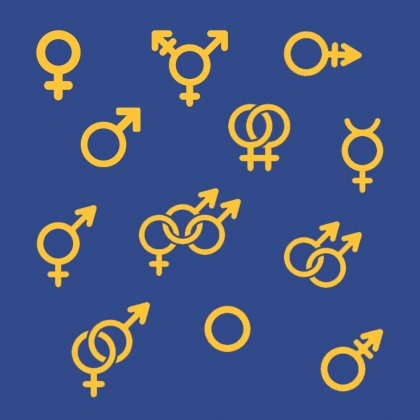The origins of the term ‘gender mainstreaming’, laid out by the United Nations, lie in the discussions at the Beijing Platform for Action during the Fourth United Nations World Conference on Women in Beijing 1995. Here, they decided that if gender equality was the goal, gender mainstreaming needed to be implemented by all policymakers, particularly relevant for government bodies implementing top-down policies. Today, gender mainstreaming remains as important as ever in the government.
What is gender mainstreaming?
Gender mainstreaming has been embraced across the globe as a way of realising gender equality. It means to purposefully consider the perspective of both male and female people during the design, implementation, monitoring, and evaluation elements of policies, regulatory measures, and spending programmes. By doing this, there is a view of increasing equality between men and women, helping to reduce discrimination.
It seems like a simple act; however, most government bodies and decision making-positions are dominated by men, and therefore male perspectives on topics. Implementing male-biased policies onto a population that is 50% female may not be the best way to reach effective objectives. Gender mainstreaming is a way to prevent the creation and reinforcement of inequalities which can have a negative impact on all members of a population. It also helps to create policies that undo the negative work of discriminatory policies that came before.
Why is gender mainstreaming important?
By ensuring that both men and women are heard and that both are taken into account equally at all stages of policy making, gender mainstreaming helps to ensure that policies are of a higher quality. It allows policies to respond effectively to the needs of the majority of citizens - women, men, girls, and boys - rather than just men. And, in all sectors, improving the effectiveness of beneficial policies for everyone has major benefits.
Organisations like the UN and the OECD want even the smallest policies to consider gender. This is particularly important for governments to consider as they have the power, authority, and capital to impact huge numbers of people through their policies. If they don’t undertake gender mainstreaming, this also means they can create huge amounts of inequality not just in their own countries, but across borders.
Gender mainstreaming in the real world
In Sweden, even policies surrounding snow undergo gender mainstreaming. Officials realised that clearing the main highways first benefitted car drivers, and more of these people tended to be men. Footpaths and cycle paths, which took a backseat to the highways, were mostly used by women who were also more likely to be taking their children to school and daycare in the morning and often subject to injury. Simple gender mainstreaming in this policy resulted in fewer injuries since pedestrians are more likely to be injured than motorists under icy circumstances.
Other examples highlighting the importance of gender mainstreaming aren’t so simple. With international aid, particularly in places of crisis, gender mainstreaming can be a matter of life or death. International governments providing aid need gender mainstreaming to ensure their policies don’t negatively impact women. One example might be implementing food assistance in a location where women have limited mobility because of cultural factors and childcare. Placing food assistance in a location that requires transport, or a long walk might limit women’s ability to receive the necessary assistance, while men who are more mobile can benefit.
Gender mainstreaming is important at all levels of government, from the smallest policies to large-scale international ones. It’s a critical step in ensuring we build a more equal world where everyone has access to the opportunities they need to build a life they value.

